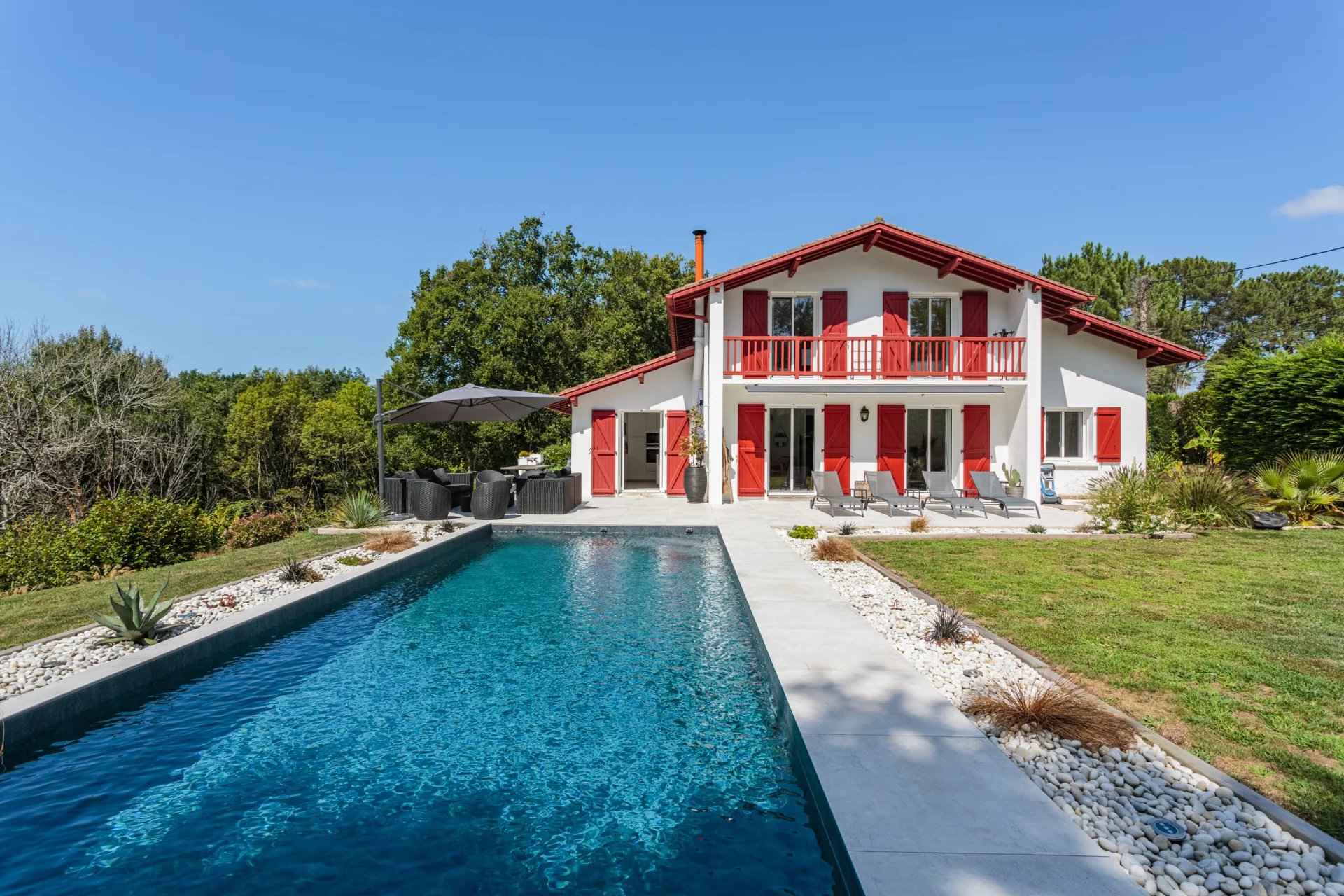2019-09-19
All about the new energy renovation bonus
From January 2020, the CITE (energy transition tax credit) will be replaced: the energy and climate law will recycle it into a flat-rate premium, which will apply primarily to the most modest households. A reform that will see the rights of landlords and owners staggered according to their income.

The energy transition tax credit gets a makeover
Long announced, the flat-rate premium for the energy transition aims to partially finance the energy renovation work undertaken by owners and lessors. With a view to supporting renovation, the state is targeting 500,000 renovated homes per year. The purpose of the energy renovation bonus is to speed up the process, while changing the way aid is awarded. Previously applied without distinction, the CITE disappears and the amount of the premium will depend on the owner's income. The purpose of this measure is to encourage low-income households to undertake works, which are financially limited with the current CITE because of the need to advance funds for the works before being reimbursed the following year. with the income tax return.
From January 2020, the flat-rate premium will be applied during the implementation of the work, which allows the poorest households to improve the energy transition of their homes. This premium will depend on the scale to which the beneficiary household belongs, defined by the Anah (National Housing Agency): very modest households / modest households / income deciles 5 to 8 / income deciles 9 and 10.
Scales of the new flat-rate energy performance premium
The scale of this new flat-rate premium has the clear objective of favoring the most precarious households as a priority. For 20% of the richest owners, that is to say belonging to income deciles 9 and 10, the premium may not apply, especially with regard to luxury real estate.
Other households will be excluded from the scale, but not immediately: the CITE will be maintained for one year from January 2020 for households in income deciles 5 to 8, then the premium will apply from January 2021. Concerning modest to very modest households, the premium will apply from January 2020 in addition to Habiter Mieux aid from the National Housing Agency (Anha).
Note that the scales are not yet final: the players in the sector will first have to study them and validate them before their final inclusion in the budget for next year. Aimed at reducing the costs of the less well-off households, the flat-rate premium for the energy transition can be combined with other aid: thus, local aid from communities and the premiums Energy Saving Certificates (EEC) may be added. add to it.
It should be noted that public funding is already supporting certain energy renovation work, for example the insulation of attics or the insulation of pipes. These will therefore not be included in the new premium, which is therefore not essential for households who already see their work costs fully covered by the EEC premiums.
The transformation of the CITE into a bonus therefore initiates some changes, but the amount of aid allocated will remain relatively stable for a large part of the work. The major change concerns the nature of certain work: thus, the insulation of the walls from the outside will benefit from an additional 31 to 32% of aid for very modest households (compared to the year 2019). For the installation of a wood-fired boiler, the increase will go up to 13%, again for very modest households. The losers of this new premium will be intermediate households: their subsidies may be up to two times lower than low-income households. Thus, the installation of a heat pump will have -17% help, again compared to 2019.


